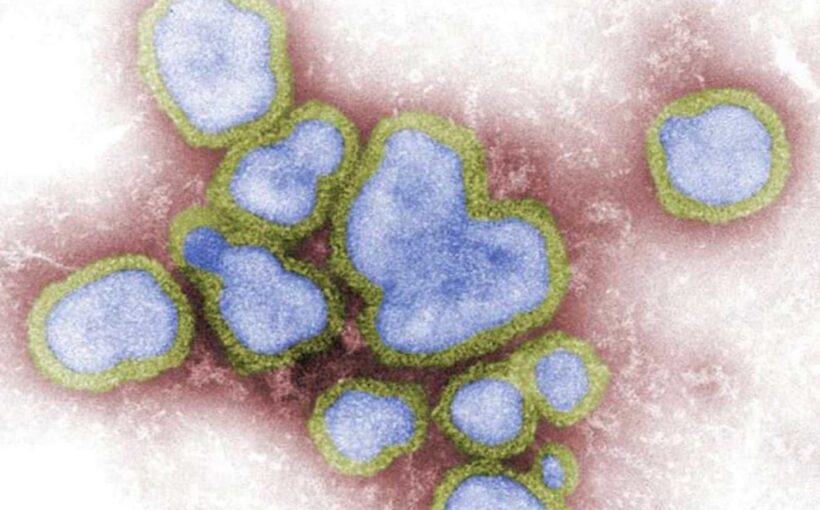If you're thinking an unusually high number of work colleagues have been struck down with flu recently, you'd be right.
Since late spring, monthly influenza cases have sometimes reached more than triple pre-pandemic levels.
From October through December, influenza cases across the country topped 14,000 – well above the number of spring and summer cases reported in 2017 and 2018, where caseloads hovered between 3740 and 8250.
READ MORE: Ferrari stolen from F1 driver in 1995 recovered by police
Cases tapered off slightly in January, dropping to 9685, but that total was still more than double the 4053 cases recorded at the same time last year.
The number of reported cases is generally considered to be lower than the true number of cases circulating the population, as many go unreported.
AMA vice president Dr Danielle McMullen blamed the irregular uptick on travel to and from the northern hemisphere, and increased testing for respiratory illnesses.
"We are seeing, I think, some of that pickup of international travel and more migration around the world of flu, and particularly over our summer, which is the Northern Hemisphere's winter and the peak of their flu season," she told 9News.com.au.
Globally, influenza activity has been elevated in most northern hemisphere countries, the World Health Organisation confirmed in its most recent report, particularly in North America, Europe and Central Asia.
Travel from those regions had inevitably brought flu into Australia, McMullen said.
READ MORE: Sam Kerr pleads not guilty to harassing a police officer, will face trial
The RACGP said the spike was concerning and it has urged parents to get young children vaccinated early, before the onset of winter when flu cases will rise.
The number of babies and kids aged under five who caught influenza rose by 18 per cent, between 2022 and 2023, a notable jump.
Last year, the winter flu season was particularly bad.
McMullen said the drop in influenza cases over January from highs at the end of last year indicated a trend "more in line" with pre-COVID levels.
READ MORE: US gym coach charged with having sex with two underage students
"The year ahead will be interesting, as it always is, in terms of how much flu we see and what sort of timings unfold, but I expect we might be starting to normalise," she said.
During the worst of the COVID-19 pandemic, influenza cases in Australia were practically non-existent.
The most up-to-date vaccine is expected to be available at the end of April.




